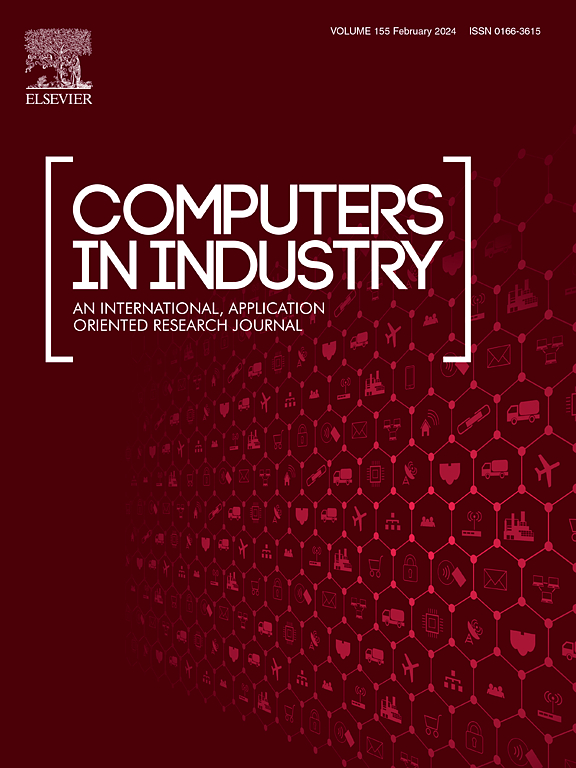基于可靠推理的细心神经过程在工业设备异常检测中的应用
IF 9.1
1区 计算机科学
Q1 COMPUTER SCIENCE, INTERDISCIPLINARY APPLICATIONS
引用次数: 0
摘要
在现代制造业中,由于工业机械的复杂性,评估设备状况的成本越来越高。虽然数据驱动的方法已经部分解决了这一挑战,但传统方法通常受到简单高斯数据分布假设的限制。这种假设在高维、复杂的工业场景中是行不通的,因为传统模型无法捕捉真实的数据分布,从而降低了它们的有效性。本文介绍了一种基于归一化流(NFs)和神经常微分方程(NODEs)的可靠推理注意神经过程(RIANP),用于工业设备的异常检测。NFs用可学习的先验分布取代了注意神经过程(ANP)的固定先验假设,解决了由不可学习先验引起的采样漏洞。接下来,节点对后验分布进行建模,使可学习的先验分布和复杂的后验分布之间的对齐更加平滑。对两个工业异常检测案例的验证表明,RIANP的平均F1得分为94.64 %,比ANP提高了7.5 %,AUC为96.5 %,提高了12 %。本文章由计算机程序翻译,如有差异,请以英文原文为准。
Attentive neural processes based on reliable inferences for industrial equipment anomaly detection
In modern manufacturing, assessing equipment conditions has become increasingly costly due to the complexity of industrial machinery. While data-driven methods have partially addressed this challenge, traditional approaches are often limited by their assumption of a simple Gaussian data distribution. This assumption fails in high-dimensional, complex industrial scenarios, where traditional models cannot capture the true data distribution, reducing their effectiveness. This paper introduces a reliable inference attentive neural process (RIANP) based on normalizing flows (NFs) and neural ordinary differential equations (NODEs), a method for detecting anomalies in industrial equipment. NFs replace the fixed prior assumption of the attentive neural process (ANP) with a learnable prior distribution, addressing sampling holes caused by unlearnable priors. Next, NODEs model the posterior distribution, enabling smoother alignment between the learnable prior and complex posterior distributions. A validation of two industrial anomaly detection cases shows that the RIANP achieves an average F1 score of 94.64 %, a 7.5 % improvement over the ANP, and an AUC of 96.5 %, representing a 12 % enhancement.
求助全文
通过发布文献求助,成功后即可免费获取论文全文。
去求助
来源期刊

Computers in Industry
工程技术-计算机:跨学科应用
CiteScore
18.90
自引率
8.00%
发文量
152
审稿时长
22 days
期刊介绍:
The objective of Computers in Industry is to present original, high-quality, application-oriented research papers that:
• Illuminate emerging trends and possibilities in the utilization of Information and Communication Technology in industry;
• Establish connections or integrations across various technology domains within the expansive realm of computer applications for industry;
• Foster connections or integrations across diverse application areas of ICT in industry.
 求助内容:
求助内容: 应助结果提醒方式:
应助结果提醒方式:


